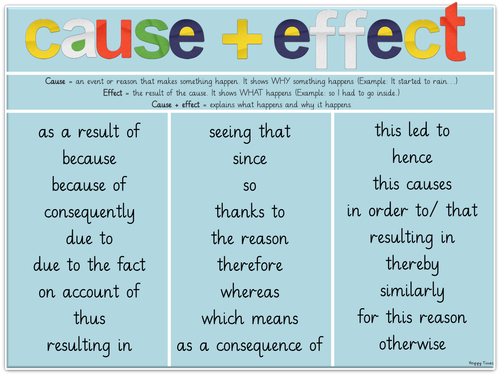Remote Learning 14.7.21
Good morning! At 9:45 join us on Zoom for our end of year awards presentations so our live lessons on Teams are a little differently timed.
At 10:30 after the awards we've got maths, at 11:45 we've got literacy, then we'll take a lunch break and dip into some PSHE at 1:00.
Before that we've got some guided reading to do. The Olympic Games this year are in Toyko - can you read the information about the city below and answer the comprehension questions?
Maths - I am learning to interpret pictograms.
Log on to PurpleMash where you'll have two new 2dos with today's date on, all about testing your knowledge of pictograms and seeing how to get data from them. Click the link below to recap;
https://www.bbc.co.uk/bitesize/articles/z493hcw
We've looked at times tables a lot in Year 3, and you'll need to know them for this task;

If we wanted to know how many cookies were sold on a Friday, first step is we need to see what one picture represents - in this case it's 5 cookies. Then go down to Friday and count the pictures - there are 6. So the sum we need to do is 6 x 5 = 30.
Literacy - I am learning to write an explanation text with cause and effect conjunctions.
Today we're going to carry on our explanation text about the skeleton and moving on to our paragraph about animal skeletons - are they all the same? How are they different and why? Let's find out by looking at the clip below;
As you can see, there's massive differences in what bones animals have compared to us and why they have those different bones. Luckily, we can use our good friend cause and effect conjunctions to help explain all this to the reader!
They look a little exactly like this;
So, can we use these to explain how and why animals have different bones? I'm going to pick one of my favourite animals to write a sentence about...
The skull of an elephant has lots of air spaces in it like a sponge, in order to reduce the weight of the bone.
Or the peregrine falcon...
The peregrine falcon has a thick bone called the keel, which means it can slam into its prey and take them down instantly.
Can you find any more?
PSHE - I am learning how to stay safe in and around water.
Wednesday is for swimming, and today's no exception. Last week was a fun swim, but this week it's time to get much more serious as the hot weather will return over summer and people make the wrong, even deadly, choices around water. We have a lot of reservoirs in our local area, and after our swimming lessons in the hot weather you might be tempted to go for a swim in them, but it's a mistake that could cost you or someone trying to rescue you their life. Watch this Newsround clip on how dangerous it could be:
https://bbc.co.uk/newsround/53584807
Tips on staying safe:
https://www.bbc.co.uk/newsround/47797851
Let's look at the information below.
With all this information, it should be easy to complete a water safety poster for swimming over the summer! Remember to include the key information, dos and don'ts and pictures!
